
Interview and Lecture Fragments
ALAIN ROBBE-GRILLET: WRITING AND THE EROTIC
Raylene Ramsay
Posted by kind permission of Raylene Ramsay, Professor Emerita, University of Auckland; Fellow of the Royal Society of New Zealand; Chevalier dans l’Ordre des Arts et des Lettres
From Raylene Ramsay, Robbe-Grillet and Modernity: Science, Sexuality, & Subversion (Gainesville: University Press of Florida, 1992) pp. 243-252.
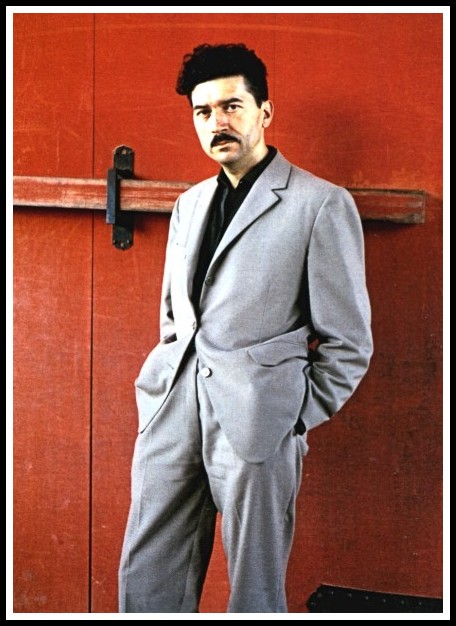
Alain Robbe-Grillet, Japan, 1961 | Photo: Catherine R-G
I. INTRODUCTION
The following interview with Alain Robbe-Grillet and fragments from his lectures in New Zealand in April 1986 are the embryo of much of my book, Robbe-Grillet and Modernity: Science, Sexuality, & Subversion. For this reason, I have decided to reprint, virtually unchanged, the following text, which appeared in Landfall: A New Zealand Quarterly, a journal of literary studies, in June 1986. In 1986 Robbe-Grillet was in New Zealand on a lecture tour as the Vice-Chancellors’ Visitor and, concurrently, as an invited participant at the Writers’ Week Festival in Wellington, where I served as his translator and presenter. At that time I was in my eighth year of teaching at Massey University, an institution that figured on the writer’s tour. I had previously interviewed Robbe-Grillet at the Grand Hotel in Toulouse in 1972 on the occasion of a first screening of L’Eden et après and again in early 1985 at the Editions de Minuit in Paris. The earlier interviews feed into and color these texts of 1986. With the permission of the writer and theoretician of the French ‘New Novel’, this portrait is my assemblage and translation. The first face is from fragments of Robbe-Grillet’s public lecture performances in New Zealand and from informal discussions during Writers’ Week; the second face is a transcription of a formal interview at Massey University in 1986.

Alain Robbe-Grillet writing Angélique, ou l’enchantement
Davis, California, May 1987 | Photo: Catherine R-G
The portrait is colored for me by an immediate, intense, intellectually powerful if somewhat egocentric presence, surprising warmth and naturalness in personal contact and a curious mixture of direct, even provocative, honesty and of defensive ratiocination. It is softened by my observance of striking interaction with his wife, Catherine, with whom he has a living and close relationship (reversibly protective-dependent) although both now live their own sexual lives, independently. This portrait is colored also by the mirror of my own mind, academic and female, by the attempt to understand intellectually, without foreclosure, the insistent, deliberately excessive stories of the domination, humiliation, fragmentation, and suppression of the eternally young and beautiful female body, naked for the most part, fragile and consenting; stories that proliferate in the later texts and films. By the disquiet as would-be female subject that this demonstration of the violence latent in the sexually based ‘objectivization’ of young women in our culture provokes within me.

Alain & Catherine Robbe-Grillet, Japan, 1978
Such a conflict is resolved provisionally by the recognition that, in the relationship sadist and siren, masculine writer and myth of the feminine, signs are exchanged ludically, textually, in what might be accepted, certainly examined, as a project of liberation. If inversions there are, provocative, theoretical self-justifications of untenable phallocratic positions, the clear honesty and vulnerability of the explicitly seeking approach command attention. And above all, the operations of the text itself engage in their own complex contest with the sado-erotic ready-mades, put into play as ‘building material’, unmade and remade.
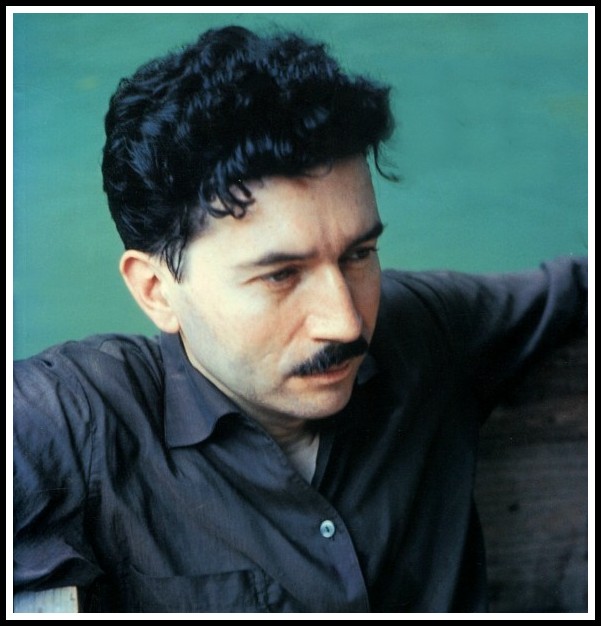
Alain Robbe-Grillet, Japan, 1961 | Photo: Catherine R-G
II. ALAIN ROBBE-GRILLET: AN IDENTIKIT PORTRAIT (FACE ONE)
This Text is a Pre-Text. (An inter-text; self quotation.) The stories we tell, from civilization to civilization, are the same. Only their forms change. I am constituted by Greek mythology, Germanic legend, Celtic lore, the Old and New Testaments… The poetic fact comes from a distance… It is always there… and, once again suddenly, it erupts… The Phoenix… The Firebird… Writing is a re-writing. The consciousness of modern man is on the walls of the city… chased outside… in the pre-text. The meanings of my texts are in the movement of the writing, the structures of the work, not in their stories.
I Speak Because I Do Not Know… It doesn’t ‘mean’ anything. Linear chronology, plot, causality, narrator are still present in my work but at war with subversions from within. The narration is incompetent; the world is incoherent… Different narrative instances struggle for power. The text is the movement toward the text. The return re-written (‘Retour raturé’).
The Gap as Textual Generator. Uncertainty, virtuality, multiplicity, discontinuity, and repetition characterize the world; tiny islets of knowledge set in a vast space of void, gaps, the unknown.
The Real Is Everything Outside Meaning. The familiar, the constituted (world/text), is ideological, a cultural and linguistic construction. The real is what is outside this…
Topology of the Phantom City. Non-plane surfaces, non-Euclidean geometry… the surfaces of the Möbius strip, the Klein bottle… Inside and outside, interior and exterior are interchangeable, reverse… The surfaces of dream …
The Assassin on His Own Track. The writer is both the King and his divine text, order, and the Prophet who contests this text, this order. The Prophet of he who is to come. He is the criminal and the poet, both chased from Plato’s Republic for the disorder they threaten… The writer is at once the criminal and the detective.
Order and Disorder. ‘Two dangers threaten the world. Order and Disorder.’ (Claude Simon and Stéphane Mallarmé.) The text is the movement between order and disorder.
Project for a Revolution... Artistic revolution is the contesting of the established Truth. Not the elaboration of a new Truth to replace the old… Not Stalin replacing the Tsar. One Truth is the same as another… In China, on the walls of the university auditorium, the students had replaced the title of my book ‘Toward a New Novel’ by the words ‘Toward a New Sexuality:’… Text, sex, and criminal project are metaphors, one of the other in my work.
The Movement of the Text. Being is the movement between Void and Being. (Heidegger) (If consciousness is free, it must be empty.) The text is the movement toward the text. (The constituted text is a fossilized form.) Freedom is the movement toward freedom. (Constituted it becomes a Truth.)
The World Is … The world is neither meaningful nor absurd. It is… quite simply. But it is not the familiar world of the humanist text and anthropomorphic metaphor. The world is… the strange (‘étranger’).
Anguish … arises from this meaning in ruins. Anguish that it is necessary to face to reach the spaces of a possible freedom of the mind.
The War of the Sexes… The sex-struggle is the motive force of History/Story (‘Histoire:’) (Homage to Marx)
Temple in Ruins to the Goddess Vanadé... Victorious/Vanquished. Woman as dual sign Angel/Devil, Salvation/Siren… Marie-Ange/Eve, Blanche /Violette…
The Monsters of the Creative Text… Why did I, a successful agronomist/researcher begin to write novels, give up a career…? Perhaps the monsters of my own sexual difference…? Perhaps the gap between language and the world… the language of blonde, clean, ordered, National Socialism and the hidden Holocaust…?
The Text is a Pre-Text? Robbe-Grillet’s theoretical text thus bites its tail… like Ouroboros, the mythical serpent… or almost. For we end this assemblage with the words of another performer at the Wellington Arts Festival during Writers’ Week, performer of the next generation—Laurie Anderson—herself using the words of William Burroughs transformed in song… ‘Suspicious of language… Nothing is ‘natural’… Speaking you think you are saying… You say nothing. Naming you think you know… You know nothing. Language is a virus, from outer space.
III. ALAIN ROBBE-GRILLET: SEX, TEXT, AND CRIMINAL PROJECT (FACE TWO)
RAYLEN RAMSAY: ‘Fragility;’ ‘Finesse;’ ‘Fear;’—’Captive;’ ‘Curve;’ ‘Compliance’—Is there a feminine ‘nature’ implicit in your images and in your language?
ALAIN ROBBE-GRILLET: I believe that if anything feminine exists in this world, it is this feminine something that writes, even in male writers. That is, Flaubert, whose virility cannot be questioned, who adored stories of the bordello, admitted that what was writing through him was a fable of himself, a woman, and that when he chose Charles Bovary to represent stability and to some extent vulgarity and Emma, on the other hand, to represent aspiration toward something else, lack, need for freedom, etc., I believe it was to represent the double nature that he must have had. He is both Charles and Emma. The critics say that he is very hard on Charles and Emma. I believe that he was talking about himself and that when he says, I am Mme Bovary, it is meant sincerely; that she is something like an image of the writer. Proust also said that it was their feminine nature which was speaking in male writers. Perhaps one could even say that it is their masculine nature which speaks in woman writers; in Marguerite Duras and Nathalie Sarraute. For example, that the writer is someone who has a kind of double nature and that it is not the appearance speaking in the text, but on the contrary, the Other. In Joyce, it’s the woman speaking; in Virginia Woolf, the man!
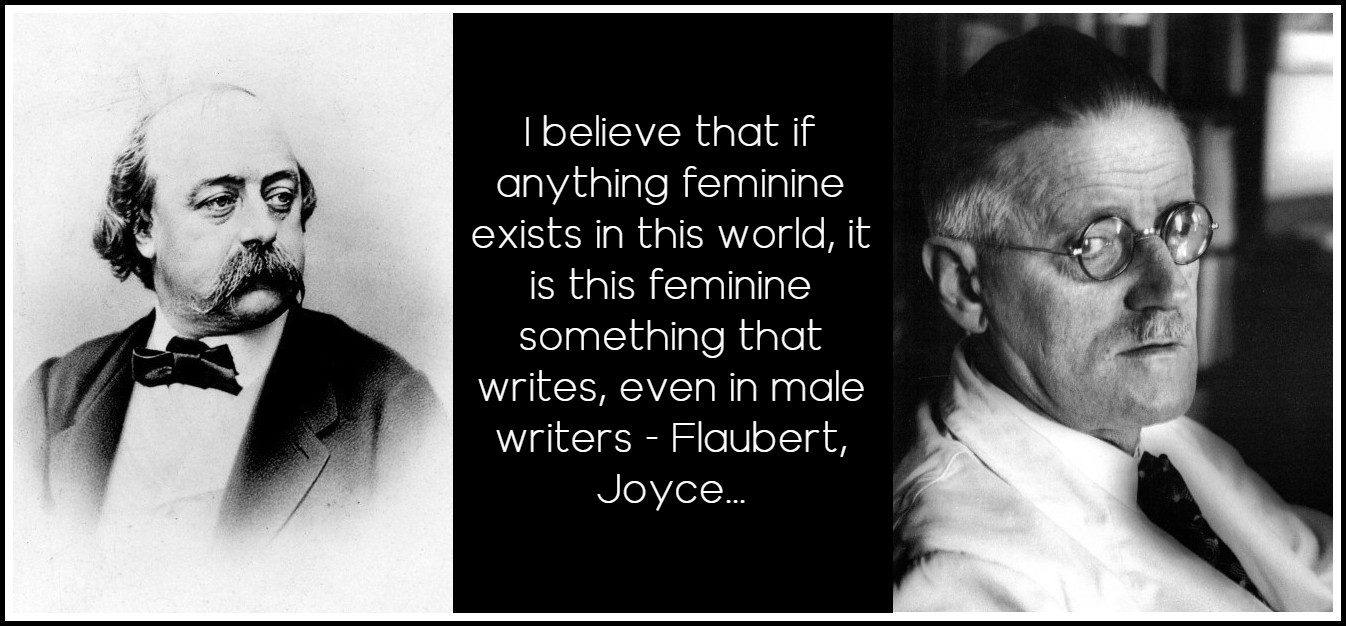
Gustave Flaubert | James Joyce
You stated in an interview with Germaine Brée that ‘what interests me is eroticism.’ Is eroticism a means, for you, of approaching the unknown body, the Other, of suppressing this difference, or is this difference also you, the potential femininity of any male? To what extent does sadism imply identification with the victim and her humiliation?
Probably true eroticism can only be obtained by the individual whose nature is not too massively at one pole or the other. I am a biologist by training, and for biology male and female are statistical characteristics; that is, we know that both hormones exist in both sexes. They are simply present in different proportions and it is only statistically that we can say: ‘This characteristic belongs to the male side, this characteristic to the female side’. Eroticism, like literature, could develop in those in whom the preponderance is uncertain; that is, that Charles Bovary is too massively on the male side, but what we know of writers indicates that they are not at all ‘massive’ in their sexual predominance.

Alain Robbe-Grillet, Martinique, 1950 | This is the house that would later be described in La Jalousie.
Yet the dominant figure of eroticism is masculine violence and domination exerted against the weakness/need for domination of the woman, prisoner of man’s desire and of her own need of this desire. Can eroticism be seen as sexual liberation for woman, or does it, at a point in history where, for the first time, they have the possibility of disposing of their own body without control by father, brother, or husband, constitute a new servitude, a sexual (passive) ‘nature’?
Have you read my wife’s books? [written under the pseudonym of Jeanne de Berg]
Yes. But is the contrary representation—capture, humiliation, fragmentation of the male body by the dominating female, that is beginning to make an appearance—really female eroticism, or is this eroticism equally the satisfying of other male desires by women, compliant, desiring to please?
We don’t know. This is a question we can’t yet answer. The civilization in which we live, from its Jewish origins, has been a civilization dominated by man. Woman has not had the power to speak. It is very difficult to ascertain what goes on in a woman’s head. She has always spoken the language of the other. Without really suffering from this. She completely adapted. And men who confess their masochism meet enormous difficulties. They attempt to induce in the other a willingness to participate in what shall I say, a creative situation, and they meet refusal, often shocked refusal. This is not the traditionally assigned role.
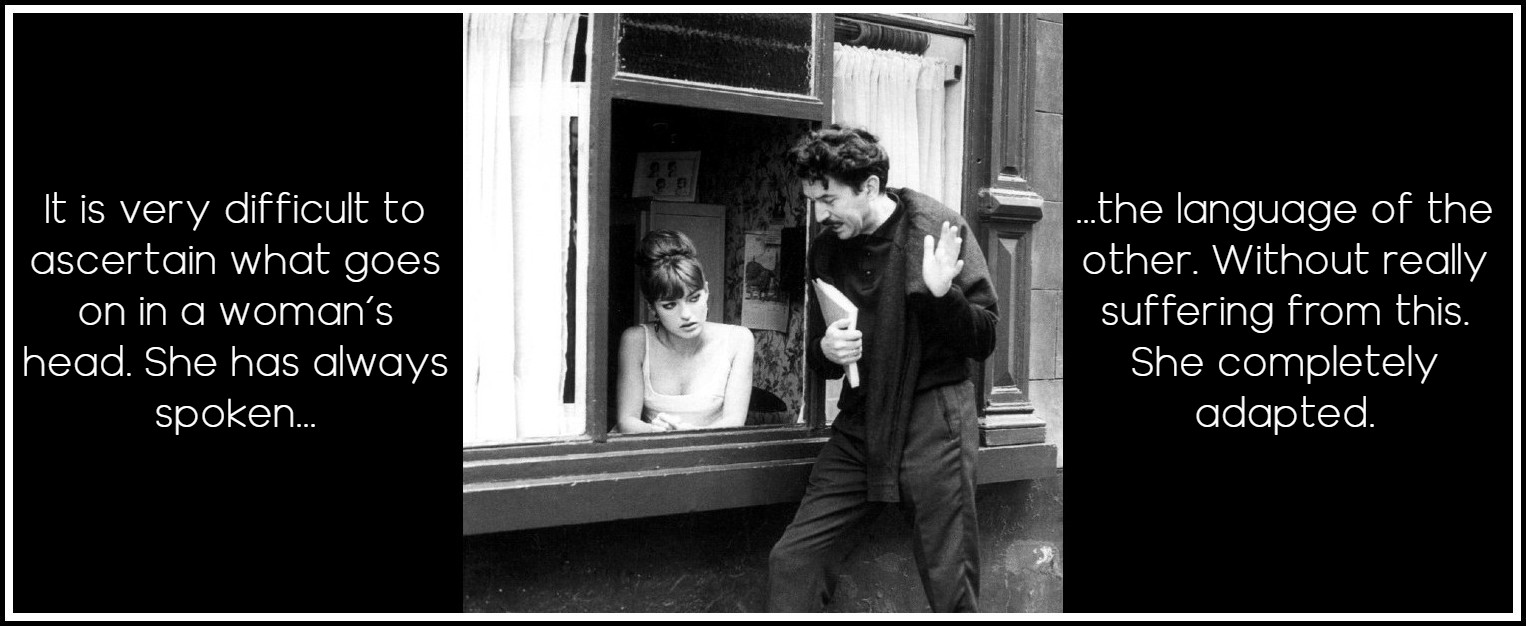
Alain Robbe-Grillet directing Marie-France Pisier in Trans-Europ-Express, 1966 | Photo: Catherine R-G
Mythological woman is woman seductive and fatal, serpent and siren, dangerous, associated with blood, the Angel of Death, in your work. Yet she is also doll, object of exchange and consumption, glossy representation, object. And paradoxically, perverse, spirit of disorder, of revolution, witch, nature, subject, who threatens male order.
These are the stereotypes of the world around us, on the walls of the Western city, the texts of our civilization.
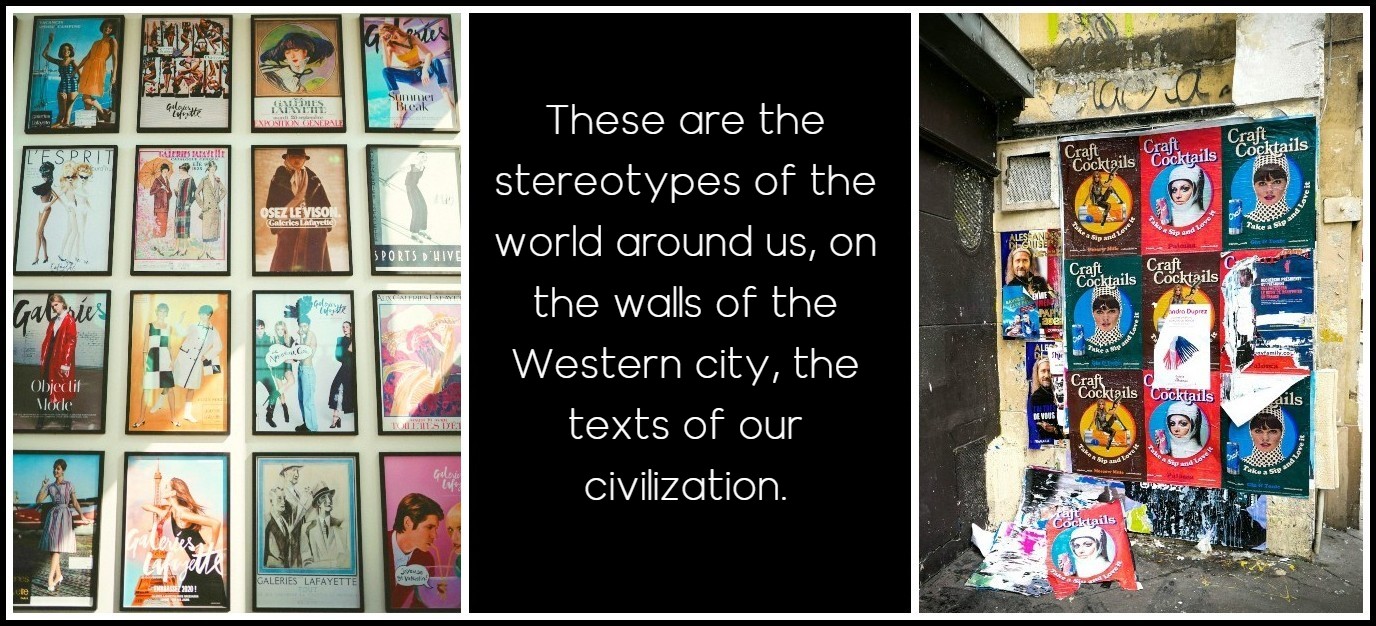
Mario Scheibl, Usplash | Achim Beermann, Unsplash
The narrators of some of your recent works are in fact ‘subjects’—sexually ‘liberated’ women but at the same time victims of the scenarios and the persuasions of your texts. What freedom do they really have? Will liberated female narration not, in fact, be completely different from your attempt to identify with a female narrator?
It is too soon to know. What I currently believe is that phantasies are not male or female; phantasies are places of interaction. It is difficult to say, as it has always been the male who has spoken; he has contaminated everything, but nonetheless, I believe that we will find that, for example, the phantasy of rape is a shared one, that even when women are free, they will still be capable of playing at being raped.

Alain Robbe-Grillet, La Belle Captive, Gabrielle Lazure
Where does this image of rape, the crime that stalks all strata of your phantom city—and crime stalks all literature in your view—come from?
It is, quite evidently, biological, since you find it in all animals. What I wanted to say about the struggle for power between the sexes… Generally speaking, what bothers me most about the Women’s Liberation Movement is that they have sought with much greater ardor to castrate male phantasies than to develop female phantasies, and certain women have said that phantasies are unclean and, in fact, belong to the male who is himself an unclean individual. And other things complicate the problem. Psychoanalysis, which incredibly sees women as lacking a sex, as truncated sexually. And if the medieval world denied women a soul, a Philippe Sollers now makes the preposterous claim that women have no Eros, that Eros in some ways replaces the modern soul. Women are free to develop their own eroticism, to create their own texts. That is what we are doing in my family.

Alain Robbe-Grillet, La Belle Captive, Gabrielle Lazure & Daniel Mesguich
And Censorship? With satellites, modern mass communications, New Zealand will no longer be able to protect her order by censorship. Is the ability to critically assess the representations that will flood in, pornographic, sexist, and other, to see their nature as ‘construction’ and not as ‘real’, to establish distances. is this ability accessible to all?
What a good thing for New Zealand! You know that that idiotic Simone de Beauvoir—you can leave the term in your text—wanted quite simply to censure Sade with his ambivalent fantasy world [Author’s note: This is, of course, a misconception on Robbe-Grillet’s part], Justine and Juliette at opposite poles, that the Grove Press who publish my work in translation in the U.S.A. are still defending cases in some states against the publication of D. H. Lawrence’s work. Just imagine! In Denmark it is quite clear that the proliferation of pornographic literature has brought about a decrease in sex crimes. And Nixon’s senatorial commission, investigating sex crimes by the American soldiers isolated from the moral orders of home in the Vietnamese jungles, concluded that these horrific excesses were not a result of previous representations, of exposure to pornography, even if Nixon took no notice of these findings and simply responded with more censure and repression.

Simone de Beauvoir, Faut-il brûler Sade ? (Paris: Gallimard, 1955) pp. 54-55. Translated here by Richard Jonathan.
But your sado-erotic representations are so insistent, so excessive—scenes of aristocratic male hunting parties chasing a young girl, then served up for the hunt dinner, sacrilegious scenes of female crucifixion, with candles put to sadistic purposes, with long scenes of rape and torture of delicate female flesh saturating the text, provoking whom, or what?
I observe these phantasies in myself. That is, masturbation in my early childhood was linked to such representations. But my childhood was a happy one, loved by my father, by my mother, very close to both of them. There was thus something in my childhood not linked to my childhood situation. I grew more and more aware of these phantasies which may have had something to do with my decision to write. I began by concealing them in my text, then concealing-revealing them, and then I decided that I would show them openly and go beyond them, make them the object of the text. These phantasies are my own, as they were the phantasies of Michelet and of many other writers, and I belong to a time when one should be able to tell them, without fear of shocking, perhaps even thinking that shocking is a necessary part of this conscious awareness. The more visible they are, the more clearly can they be designated as phantasies, that is, as stereotypes.
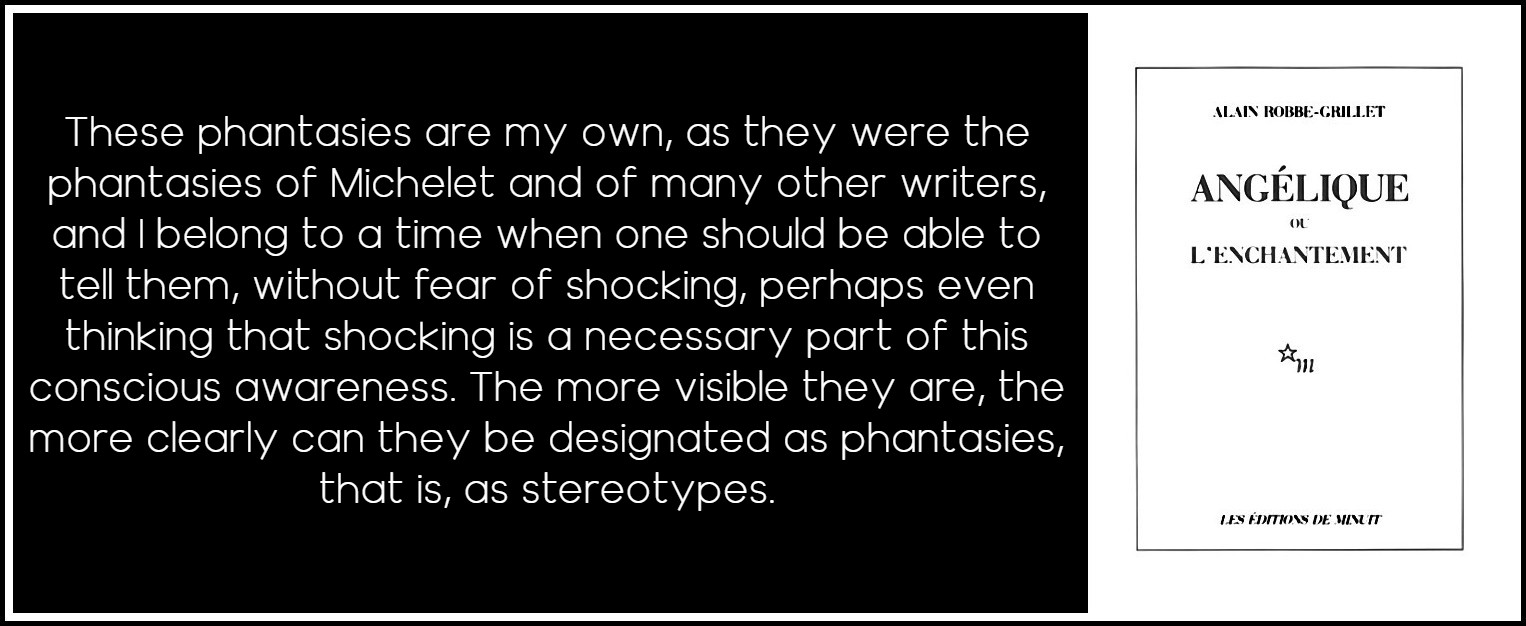
Alain Robbe-Grillet, Angélique ou l’Enchantement
You claim in an interview that ‘virtue leads to crime’, while the open expression of violent sexual phantasies does not. But can awareness of these phantasies, their open expression, the removal of their hidden depths, the mystery of transgression, and their distancing in fact solve the problem of crime?
In any case, crime is in our heads. And any book can trigger a crime. Do you know the story of the student at the University of Texas, Austin, who climbed up into a tower with a machine gun and shot at his fellow students? He killed fourteen. When he was asked, why, he said that he had been reading Camus’s The Outsider—Camus, a moralist. We perhaps need to protect children who are impressionable. And yet, phantasies can be fed from anywhere. Mine as a child, were fed by the classical paintings I found in the two volumes of the illustrated Larousse Universel. [Discussion on the nineteenth-century paintings of Ingres’ Roger Freeing Angelique, chained to the rock before the approaching sea monster; discussion of Delacroix]. But statistically normal minds… There are different responses possible. Puritanism believes everything must be hidden. I believe this leads to crime. Excess, on the other hand, may play a liberating role. Greek theater was excessive. All the most horrible atrocities—parricide, infanticide, incest—were represented on the stage but with the actors wearing masks, by a Verfremdungseffekt, to prevent mimesis, to distance the actions portrayed. Mimesis is more likely to occur, in fact, with books seriously depicting Nazi crime or documentaries on pornography, than for example with the work of Sade with its constant play of distancing, alienating devices. I do not claim to be the holder of the truth, but I believe that it is preferable to ‘play’ with one’s own phantasies than to mask them with an appearance of virtue. Ingres seemed totally unaware of the messages of his paintings, he claimed innocence.
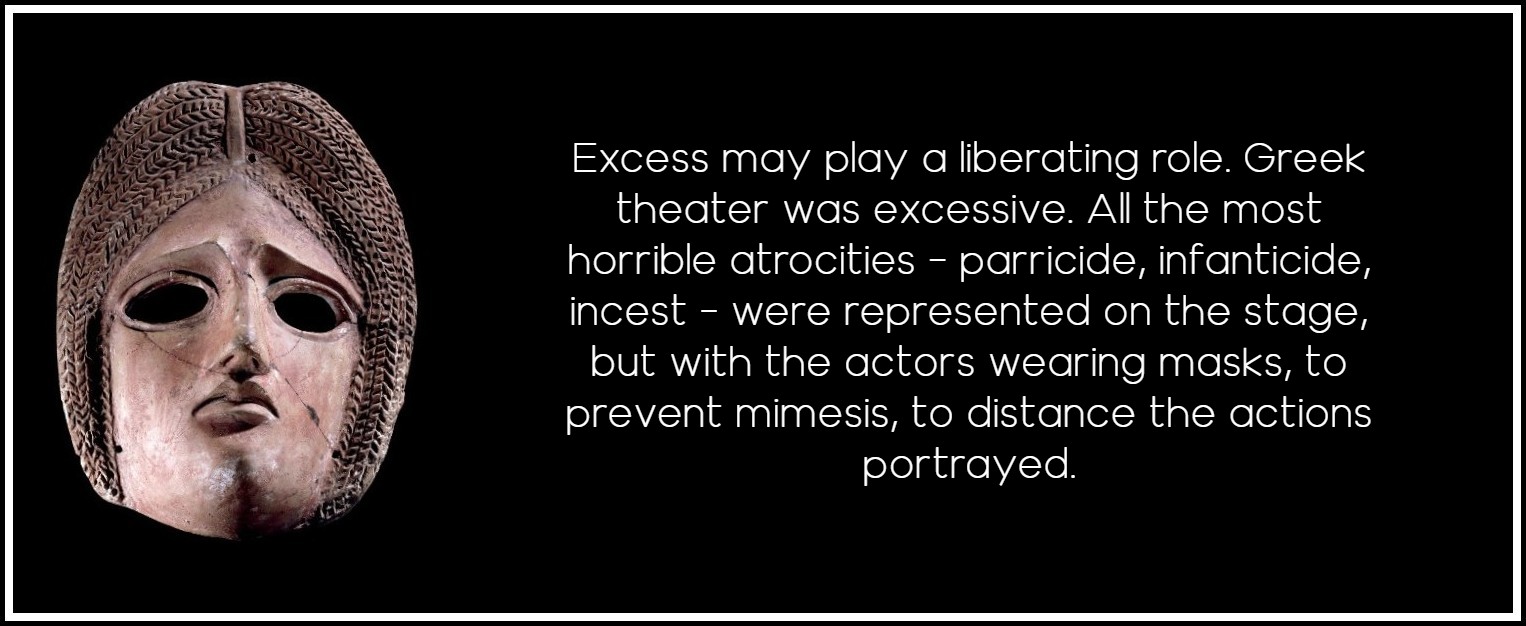
Terracotta tragic mask, representing a female character with arched brows. | © The Trustees of the British Museum
Why is ‘innocence’ such a key word in your theoretical work, even though you claim that language is never innocent?
Don’t you know the old Chinese proverb: The bleating of the lamb excites the tiger?
Food for love or food for thought…?
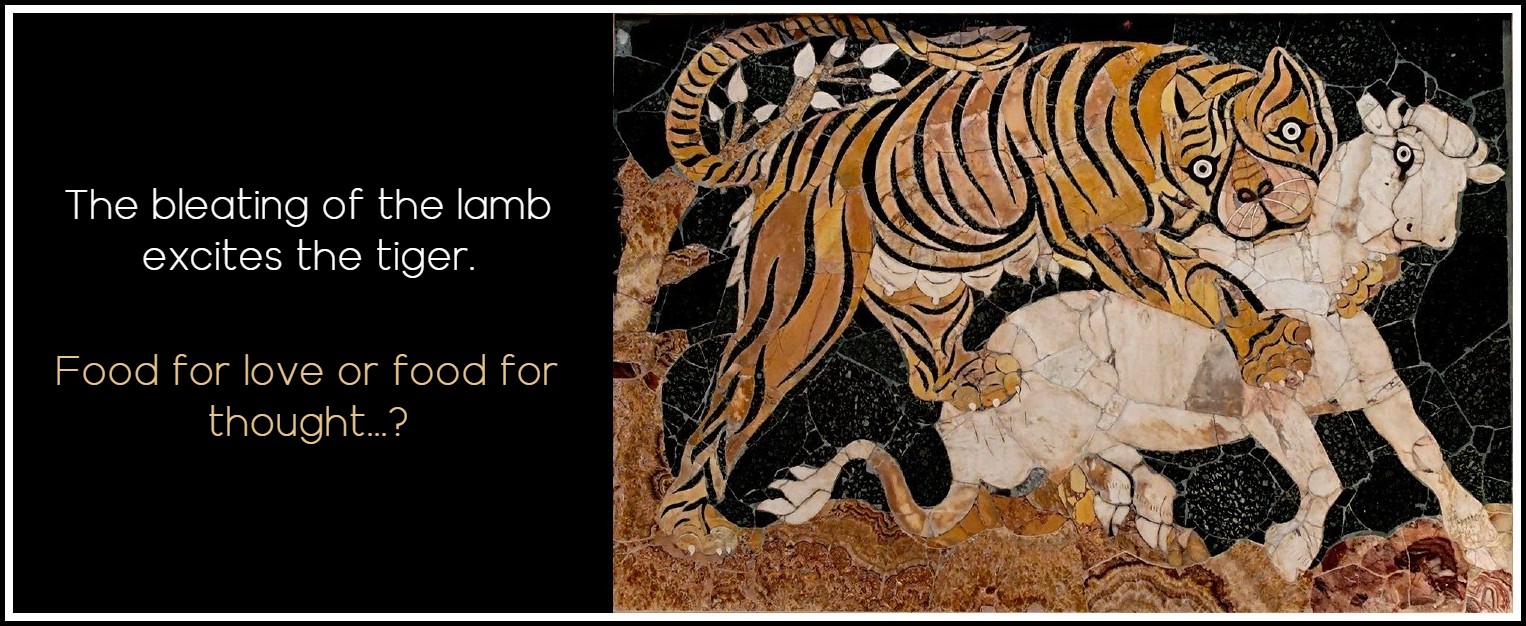
Tiger attacking a calf, 4th century CE, Basilica di Giunio Basso sull’Esquilino
RAYLENE RAMSAY: THREE BOOKS
CLICK ON THE IMAGE TO GO TO A DESCRIPTION OF THE BOOK
MARA, MARIETTA: A LOVE STORY IN 77 BEDROOMS – READ THE FIRST CHAPTER
A literary novel by Richard Jonathan
RICHARD JONATHAN, ‘MARA, MARIETTA: A LOVE STORY IN 77 BEDROOMS’ — READ THE FIRST CHAPTER
AMAZON & APPLE BOOKS
RICHARD JONATHAN, ‘MARA, MARIETTA: A LOVE STORY IN 77 BEDROOMS’ | AMAZON PAPERBACK OR KINDLE
RICHARD JONATHAN, ‘MARA, MARIETTA: A LOVE STORY IN 77 BEDROOMS’ | APPLE iBOOK
MARA, MARIETTA: A LOVE STORY IN 77 BEDROOMS
A literary novel by Richard Jonathan
RELATED POSTS IN THE MARA MARIETTA CULTURE BLOG
CLICK ON THE IMAGE TO GO TO THE PAGE
By Richard Jonathan | © Mara Marietta Culture Blog, 2025 | All rights reserved
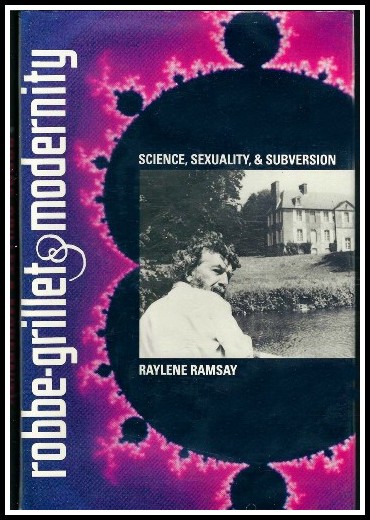

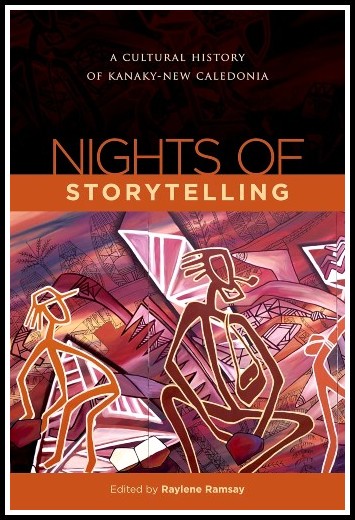
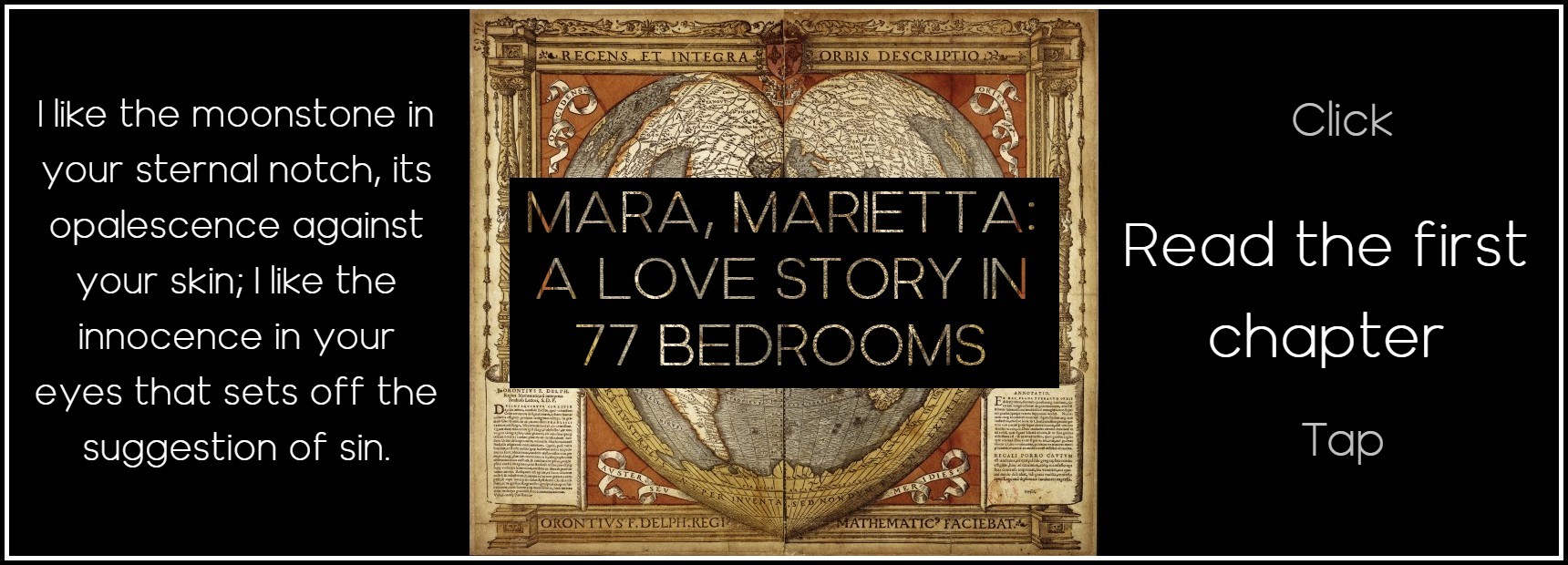





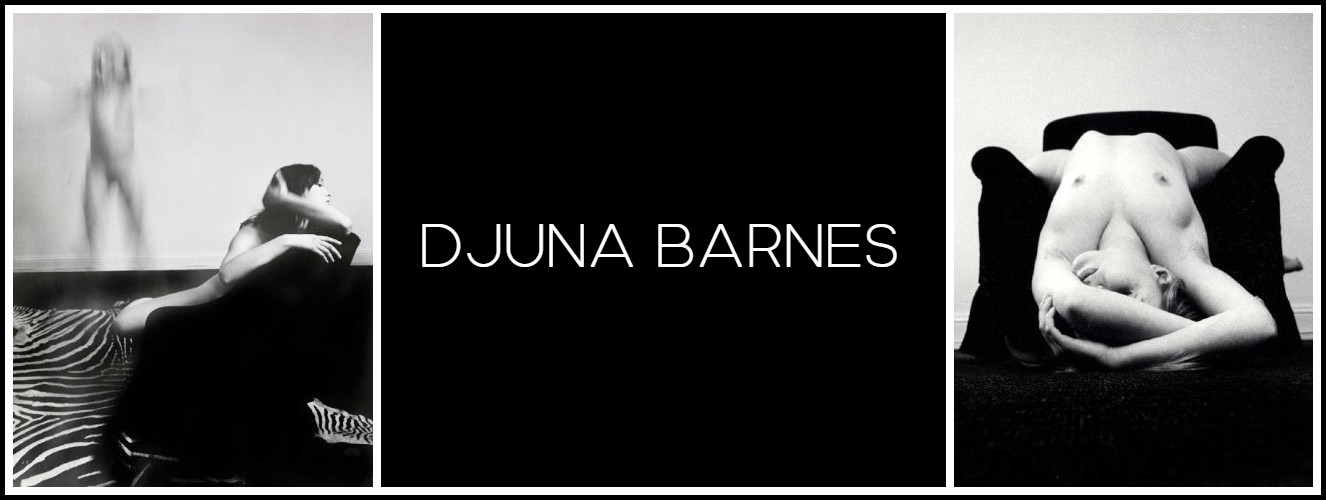

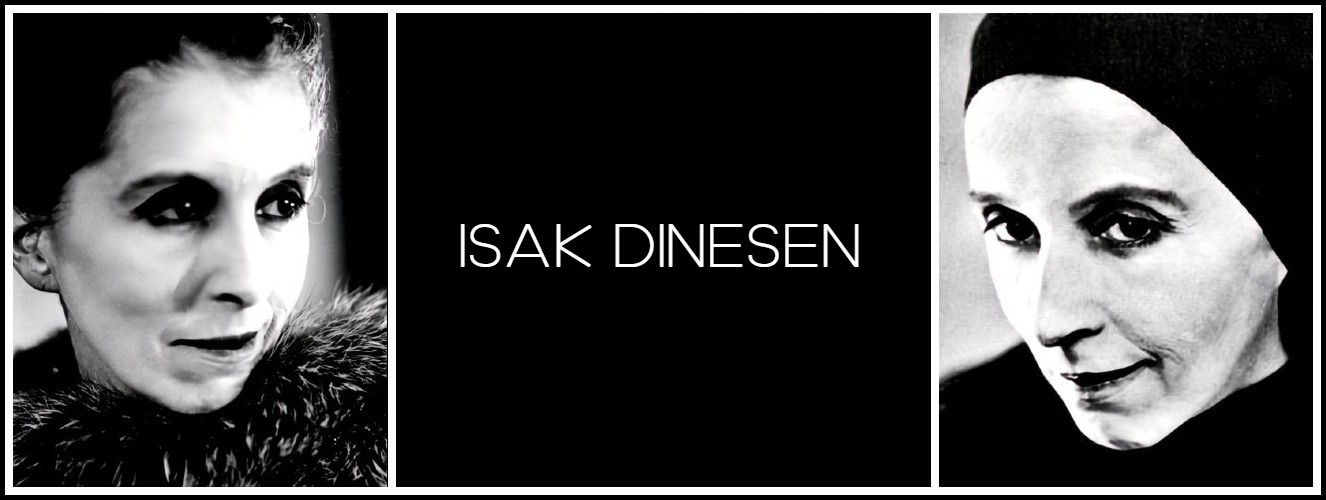

Comments